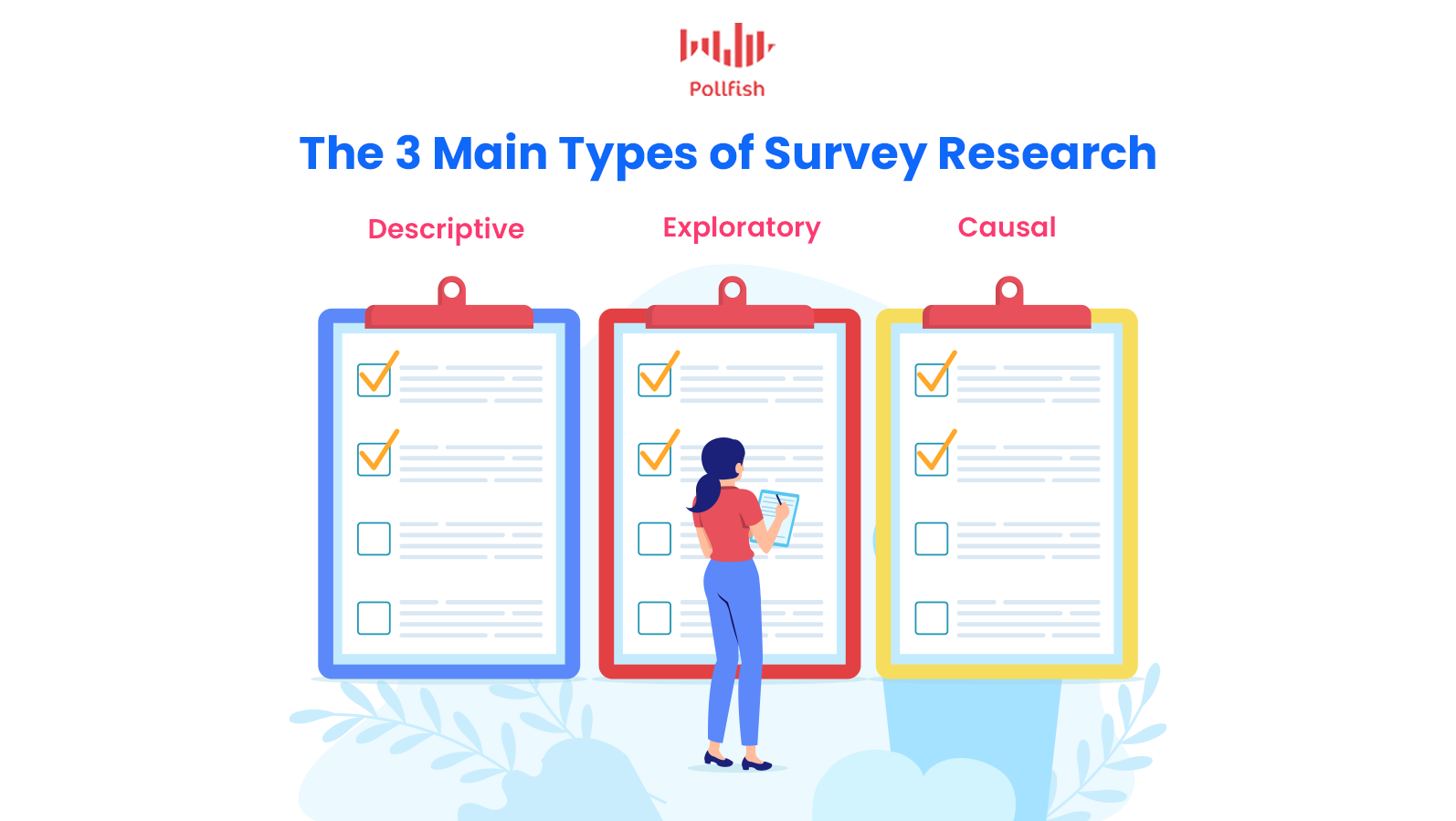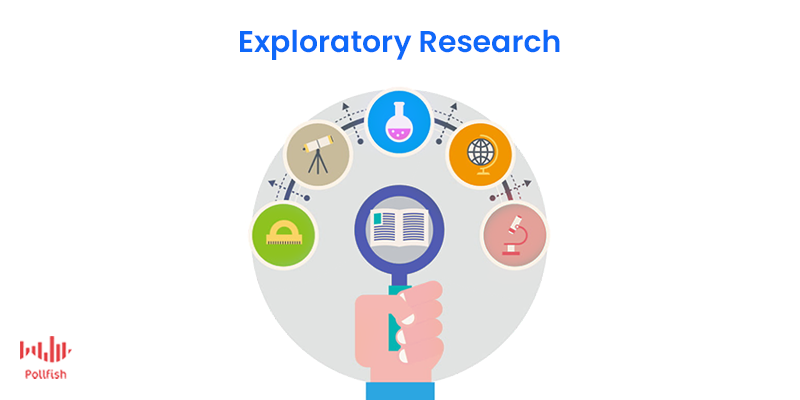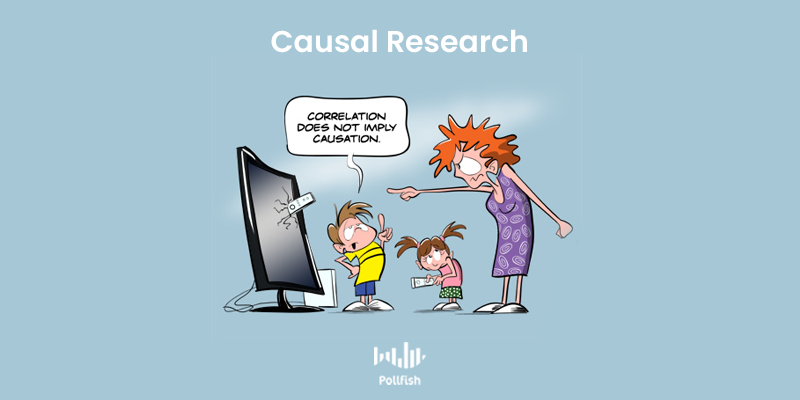Understanding the 3 Main Types of Survey Research & Putting Them to Use

Surveys establish a powerful primary source of market research. There are three main types of survey research; understanding these will not merely organize your survey studies, but help you form them from the onset of your research campaign.
It is crucial to be proficient in these types of survey research, as surveys should never be used as lone tools. A survey is a vehicle for granting insights, as part of a larger market research or other research campaigns.
Understanding the three types of survey research will help you learn aspects within these forms that you were either not aware of or were not well-versed in.
This article explores the three main types of survey research and teaches you when to best implement each form of research.
Putting the Types of Survey Research into Perspective
With the presence of online surveys and other market research methods such as focus groups, there are ever-growing survey research methods. Before you choose a method, it is critical to decide on the type of survey research you need to conduct.
The type of survey research points to the kind of study you are going to apply in your campaign and all of its implications. The survey research type essentially hosts the research methods, which house the actual surveys. As such, the research type is one of the highest levels of the process, so consider it as a starting point in your research campaign.
Remember, that while there are various research types, the three presented in this article delineate the main types used in survey research. Researchers can apply these types to other research techniques (such as focus groups, interviews, etc.), but they are best suited for surveys.
Descriptive Research
The first main type of survey research is descriptive research. This type is centered on describing, as its name suggests, a topic of study. This can be a population, an occurrence or a phenomenon.
Descriptive research is often the first type of research applied around a research issue, because it paints a picture of a topic, rather than investigating why it exists to begin with.
The Key Aspects of Descriptive Research
The following provides the key attributes of descriptive research, so as to provide a full understanding of it.
- Makes up the majority of online survey methods.
- Concentrates on the what, when, where and how questions, rather than the why.
- Lays out the particulars surrounding a research topic, but not its origin.
- Handles quantitative studies.
- Deemed conclusive due to its quantitative data.
- Provides data that provides statistical inferences on a target population.
- Preplanned and highly structured.
- Aims to define an occurrence, attitude or opinions of the studied population.
- Measures the significance of the results and formulates trends.
- Can be used in cross-sectional and longitudinal surveys.
Survey Examples of Descriptive Research
There are various types of surveys to use for descriptive research. In fact, you can apply virtually all of them if they meet the above requirements. Here are the major ones:
- Descriptive surveys: These gather data about different subjects. They are set to find how different conditions can be gained by the subjects and the extent thereof. Ex: determining how qualified applicants are to a job are via a survey checking for this.
- Descriptive-normative surveys: Much like descriptive surveys, but the results of the survey are compared with a norm.
- Descriptive analysis surveys: This survey describes a phenomenon via an analysis that divides the subject into 2 parts. Ex: analyzing employees with the same job role across geolocations.
- Correlative Survey: This determines whether the relationship between 2 variables is either positive or negative; sometimes it can be used to find neutrality. For example, if A and B have negative, positive or no correlation.
Exploratory Research

Exploratory research is predicated on unearthing ideas and insights rather than amassing statistics. Also unlike descriptive research, exploratory research is not conclusive. This is because this research is conducted to obtain a better understanding of an existing phenomenon, one that has either not been studied thoroughly or is lacking some information.
Exploratory research is most apt to use at the beginning of a research campaign. In business, this kind of research is necessary for identifying issues within a company, opportunities for growth, adopting new procedures and deciding on which issues require statistical research, i.e., descriptive research.
The Key Aspects of Exploratory Research
Also called interpretative research or grounded theory approach, the following provides the key attributes of exploratory research, including how it differs from descriptive research.
- Uses exploratory questions, which are intended to probe subjects in a qualitative manner.
- Provides quality information that can uncover other unknown issues or solutions.
- Is not meant to provide data that is statistically measurable.
- Used to get a familiarity with an existing problem by understanding its specifics.
- Starts with a general idea with the outcomes of the research being used to find related issues with the research subject.
- Typically exists within open-ended questions.
- Its process varies based on the new insights researchers gain and how they choose to go about them.
- Usually asks for the what, how and most distinctively, the why.
- Due to the absence of past research on the subject, exploratory research is time-consuming,
- Not structured and flexible.
Examples of Exploratory Research
Since exploratory research is not structured and often scattered, it can exist within a multitude of survey types. For example, it can be used in an employee feedback survey, a cross-sectional survey and virtually any other that allows you to ask questions on the why and employs open-ended questions.
Here are a few other ways to conduct exploratory research:
- Case studies: They help researchers analyze existing cases that deal with a similar phenomenon. This method often involves secondary research, unless your business or organization has case studies on a similar topic. Perhaps one of your competitors offers one as well. With case studies, the researcher needs to study all the variables in the case study in relation to their own.
- Field Observations: This method is best suited for researchers who deal with their subjects in physical environments, for example, those studying customers in a store or patients in a clinic. It can also be applied by studying digital behaviors using a session replay tool.
- Focus Groups: This involves a group of people, typically 6-10 coming together and speaking with the researcher, as opposed to having a one on one conversation with the researcher. Participants are chosen to provide insights on the topic of study and express it with other members of the focus group, while the researcher observes and acts as a moderator.
- Interviews: Interviews can be conducted in person or over the phone. Researchers have the option of interviewing their target market, their overall target population, or subject matter experts. The latter will provide significant and professional-grade insights, the kind that non-experts typically can’t offer.
Causal Research

The final type of survey research is causal research, which, much like descriptive research is structured, preplanned and draws quantitative insights. Also called explanatory research, causal research aims to discover whether there is any causality between the relationships of variables.
As such, focuses primarily on cause-and-effect relationships. In this regard, it stands in opposition with descriptive research, which is far broader. Causal research has only two objects:
- Understand which variable are the cause and which are the effect
- Decipher the workings of the relationship between the causal variables, including how they will hammer out the effect.
The Key Aspects of Causal Research
The following provides the key traits of causal research, including how it differs from descriptive and exploratory research.
- Considered conclusive research due to its structured design, preplanning and quantitative nature.
- Its two objectives make this research type more scientific than exploratory and descriptive research.
- Focuses on observing the variations in variables suspected as causing the changes in other variables.
- Measure changes in both the suspected causal variables and the ones they affect.
- Variables suspected of being causal are isolated and tested to meet the aforesaid two objectives.
- This experimentation shows researchers whether it is worth investing in a variable or to get rid of it.
- For example, an advertisement or a sales promotion
- Requires setting objectives, preplanning parameters, and identifying potential causal variables and affected variables to reduce researcher bias.
- Requires accounting for all the possible causal factors that may be affecting the supposed affected variable, i.e., there can’t be any outside (non-accounted) variables.
- All confounding variables that can affect the results have to be kept consistent and controlled to make sure no hidden variable is in any way influencing the relationship between two variables.
- To deem a cause and effect relationship, the cause would have needed to precede the effect.
Examples of Causal Research
Causal research depends on the most scientific method out of the three types of survey research. Given that it requires experimentation, a vast amount of surveys can be conducted on the variables to determine if they are causal, non-causal or the ones being affected.
Here are a few examples of use causal research
- Product testing: Particularly useful if it’s a new product to test market demand and sales capacity.
- Advertising Improvements: Researchers can study buying behaviors to see if there is any causality between ads and how much people buy or if the advertised products reach higher sales. The outcomes of this research can help marketers tweak their ad campaigns, discard them altogether or even consider product updates.
- Increase customer retention: This can be conducted in different manners, such as via in-store experimentations, via digital shopping or through different surveys. These experiments will help you understand what current customers prefer and what repels them.
- Community Needs: Local governments can conduct the community survey to discover opinions surrounding community issues. For example, researchers can test whether certain local laws, transportation availability and authorizations are well or poorly received and if they correlate with certain happenings.
Deciding on Which of the Types of Research to Conduct
Market researchers and marketers often have several aspects of their discipline that would benefit off of conducting these three types of survey research. What’s most empowering about these types of survey research is that they are not limited to surveys alone.
Instead, they bolster the idea that surveys should not be used as lone tools. Rather, survey research powers an abundance of other market research methods and campaigns. As such, researchers should set aside surveys after they’ve decided on high-level campaigns and their needs.
As such, consider the core of what you need to study. Can your survey be applied to a macro-application? For example, in the business sector, this can be marketing, branding, advertising, etc.
Next, does your study require a methodical approach? For example, does it need to focus on one period of time among one population? If so, you will need to conduct a cross-sectional survey.
Or does it require to be conducted over some period of time? This will require implementing a longitudinal study. Once you figure out these components, you should move on to choosing the type of survey research you’re going to conduct. However, you can also decide on this before you choose one of the methodical methods.
Whichever route you decide to take, you’ll need a strong online survey provider, as this does, after all, involve surveys. The correct online survey platform will set your research up for success.
Frequently asked questions
Why is it important to understand the types of survey research?
The type of survey research informs the kind of study you’ll be conducting. It becomes the backbone of your campaign and all its implications. Basically, the types of survey research host their designated research methods, which house the surveys. Therefore, the types of survey research you decide on are at the highest level of the research process and act as your starting point.
What is exploratory research?
Exploratory research is the most preliminary form of research, establishing the foundation of a research process. focuses on unearthing ideas and insights rather than gathering statistics. It’s not a conclusive form of research-- rather, it is conducted to bolster understanding of a specific phenomenon. It is typically the first form of research, setting the foundation for a research campaign.
What is descriptive research?
Descriptive research focuses on describing a topic of study like a population, an occurrence or a phenomenon. It is performed early on in the overall research process, as it paints an overall picture of a topic, while extracting the key details that you wouldn’t find with exploratory research alone.
What is a cross-sectional survey?
A cross-sectional survey is a survey used to gather research about a particular population at a specific point in time. It is considered to be the snapshot of a studied population.
What is causal research?
Causal research is typically performed in the latter stages of the entire research process, following correlational or descriptive research. It is conducted to find the causality between variables. It involves more than merely observing, as it relies on experiments and the manipulation of variables
How can you decide which types of survey research to conduct?
Take a look at the core of what you need to study. Are you trying to focus on one period of time among a population? Does your survey research need to be conducted over a period of time? Questions like these will lead you to the right research type.
Pollfish Marketing Team
Ready to Try Pollfish?
Create your survey with AI, target high-quality respondents starting at $0.95 per complete, and start getting results in just minutes in real-time. From running a simple product concept survey to managing a constant stream of trackers for dozens of clients in dozens of countries, we’ve got you.
